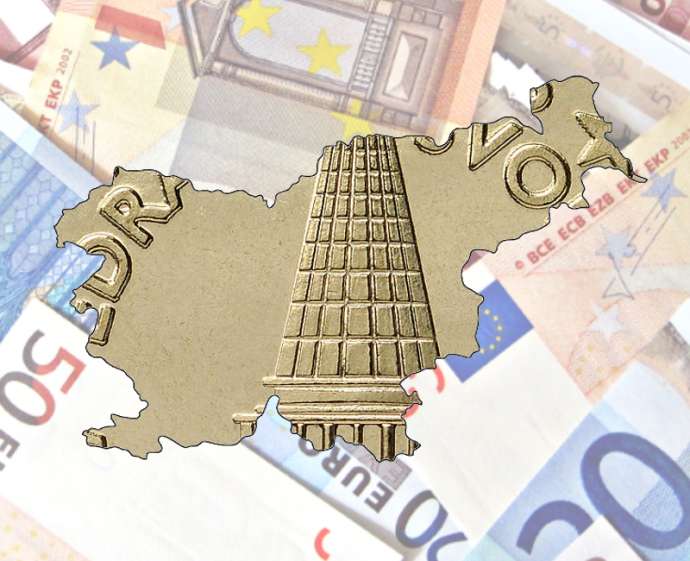STA, 29 December 2018 - Slovenia's growth momentum is expected to moderate in 2019 amid mounting uncertainty surrounding the global economic outlook. Trade wars are seen as the biggest external downward risk, but there are upward risks in the domestic environment as well.
Trump, Brexit and trade wars
Global risks and uncertainty have been increasing throughout this year, in particular those related to the protectionist policies of US President Donald Trump and the uncertainty about Brexit.
Speaking to the STA, Bojan Ivanc, chief economist at the Chamber of Commerce and Industry's (GZS) Analytics, has warned of the risk of Trump taking measures targeting Europe's car industry, in particular Germany's.
Ivanc believes there is a 50-50 chance for the US and EU to reach an agreement on the issue, but he also says that potential measures would have a major indirect impact on Slovenia, considering the major role that the automotive industry plays in the country's exports.
Given the political confusion surrounding Brexit in the UK, GZS analysts see a 20% likelihood of a repeat referendum or a reversal of the decision to exit the EU.
The likeliest scenario, with a 50% chance, is an interim agreement that would put off answers to key questions about the future relationship into the future. The GZS assessed the odds for a no-deal Brexit at 30%.
Ivanc says that trade wars are a much bigger threat to Slovenia than Brexit because of their impact on the automotive value supply chain and the knock-on effects on transport and construction industries.
The IMF, OECD and the European Commission project global growth to reach about 3.5% in 2019, which is roughly at the level seen this year and the year before.
However, a more pronounced moderation is forecast for Europe's largest economies, including Germany, whose economy is now projected to expand by 1.5% this year and roughly as much in 2019.
Asked how the trends could impact on the Slovenian economy, Ivanc noted that the most recent data on exports remain quite good, but added that some companies at the start of the automotive chain are already seeing a drop in orders for 2019.
Local firms remain optimistic, although lack of staff and wage pressure are concerns
A survey conducted by the GZS among businesses in the autumn showed that most still expected to increase their sales in foreign markets and more than one out of three plan additional hiring while half plan investments.
The key problem for Slovenian businesses today is home-grown, that is a shortage of experienced staff and the related pressure on higher wages and thus higher labour costs.
As a further internal risk factor Ivanc mentioned a slow growth in private consumption. New car purchasing is getting less intensive although it keeps strong, and the number of real estate transactions has fallen in response to an excessive price growth.
Slovenians are mostly keeping their surplus income as savings rather than spending. This could be a cause for concern considering that the contribution of external trade to Slovenia's growth over the next two years is projected to decrease and even disappear.
Ivanc sees domestic demand as an important internal risk to the expected growth in GDP, along with dynamics in the phasing of EU funds, also in connection with major infrastructural projects such as the new Koper-Divača railway.
Slovenia well prepared for a downturn, with construction and consumers likely to drive growth
The GZS believes that Slovenia's resilience to a potential downturn is quite strong, at least within a year or two. Corporate indebtedness is the lowest in a decade and liquidity levels are still high.
Banks are highly capitalised and are financed mostly from domestic savings deposits. Household debts have increased but remain at one of the lowest levels in the eurozone.
Despite this increased resilience, Ivanc would like the government to put in place a suitable and predictable legislative framework that would make it clear on time what it will do when tax revenue drops. He says the government should create sufficient fiscal reserves.
Most of the latest forecasts for the Slovenian economy project growth to slow down from about 4.5% this year to about 3.5% in 2019. Ivanc believes the rate is realistic but also says that surprises are possible in both directions so the interval of growth is between 3% and 4%.
Ivanc says that a positive surprise could come from the construction sector and from Slovenian consumers, who could increase their spending faster than projected.
Meanwhile, the GZS does not see a scope for a positive surprise in the external environment, but rather a likelihood of a slightly more negative scenario, in particular in the automotive chain segment.







